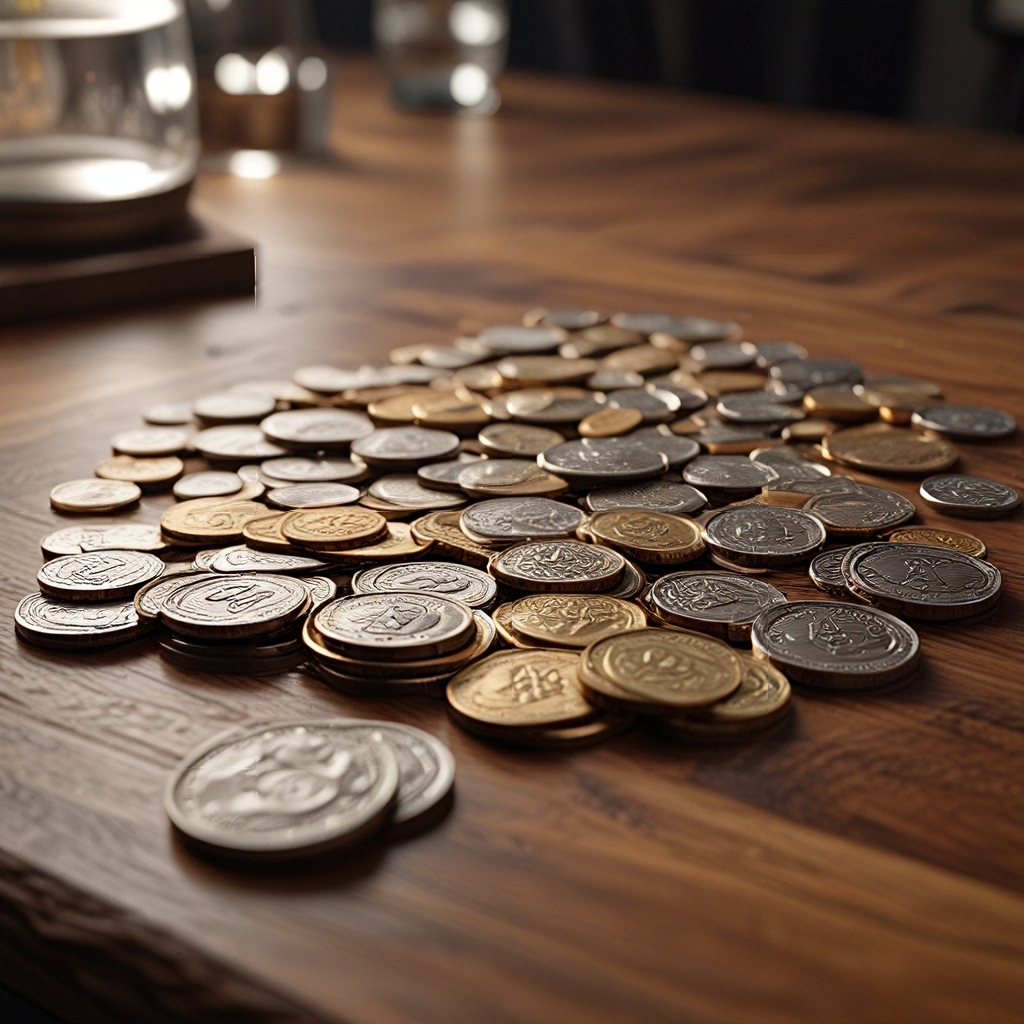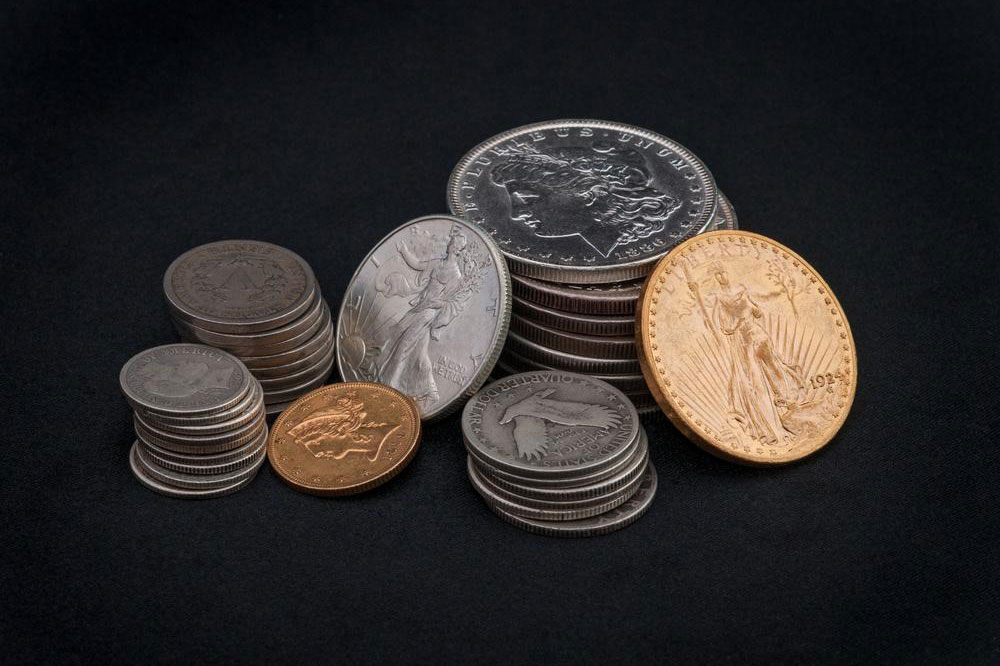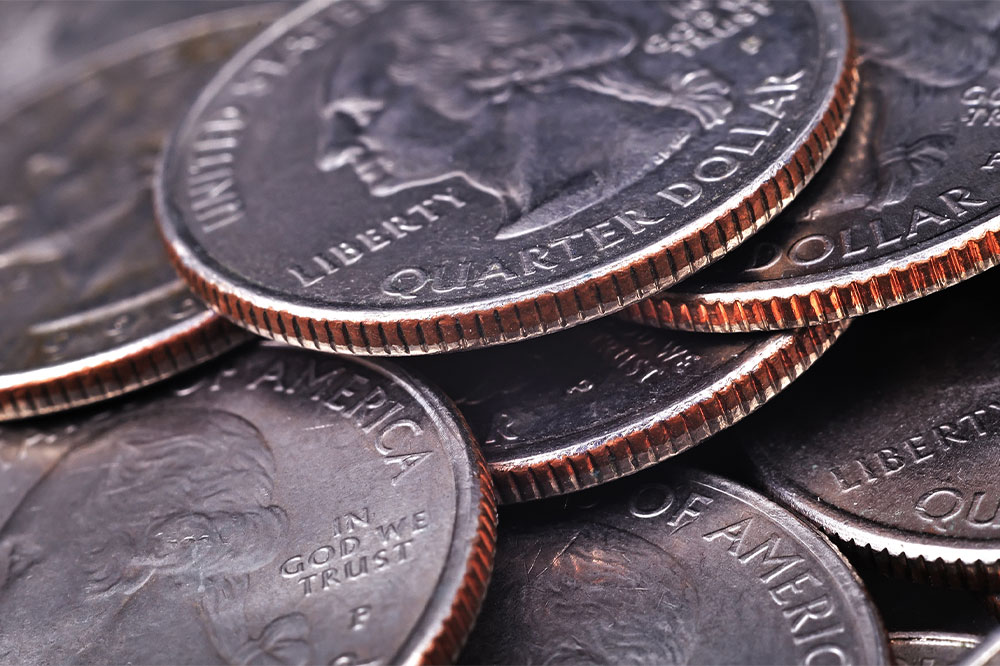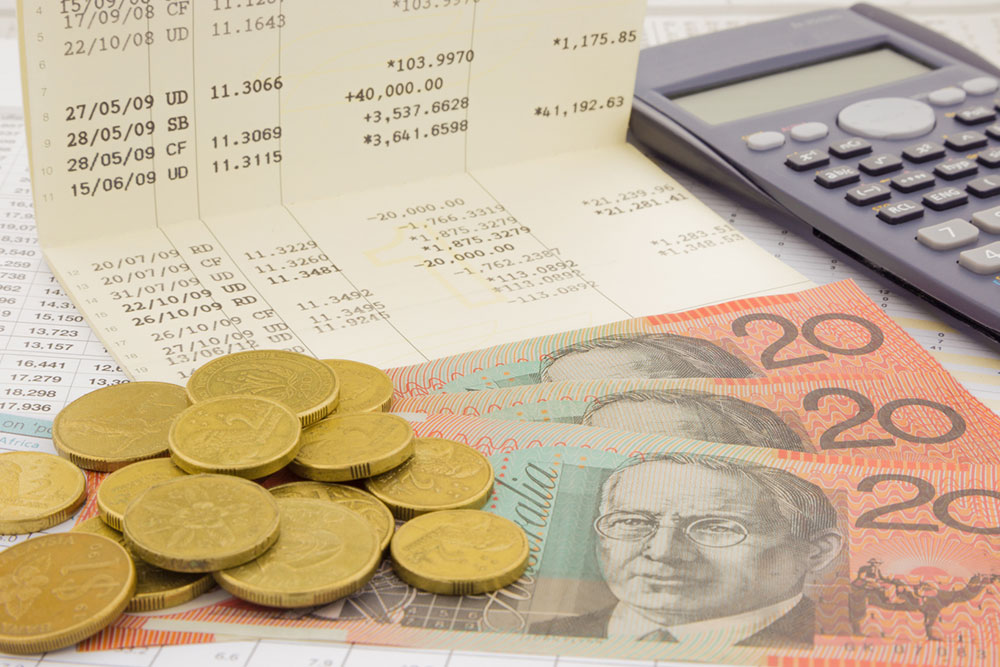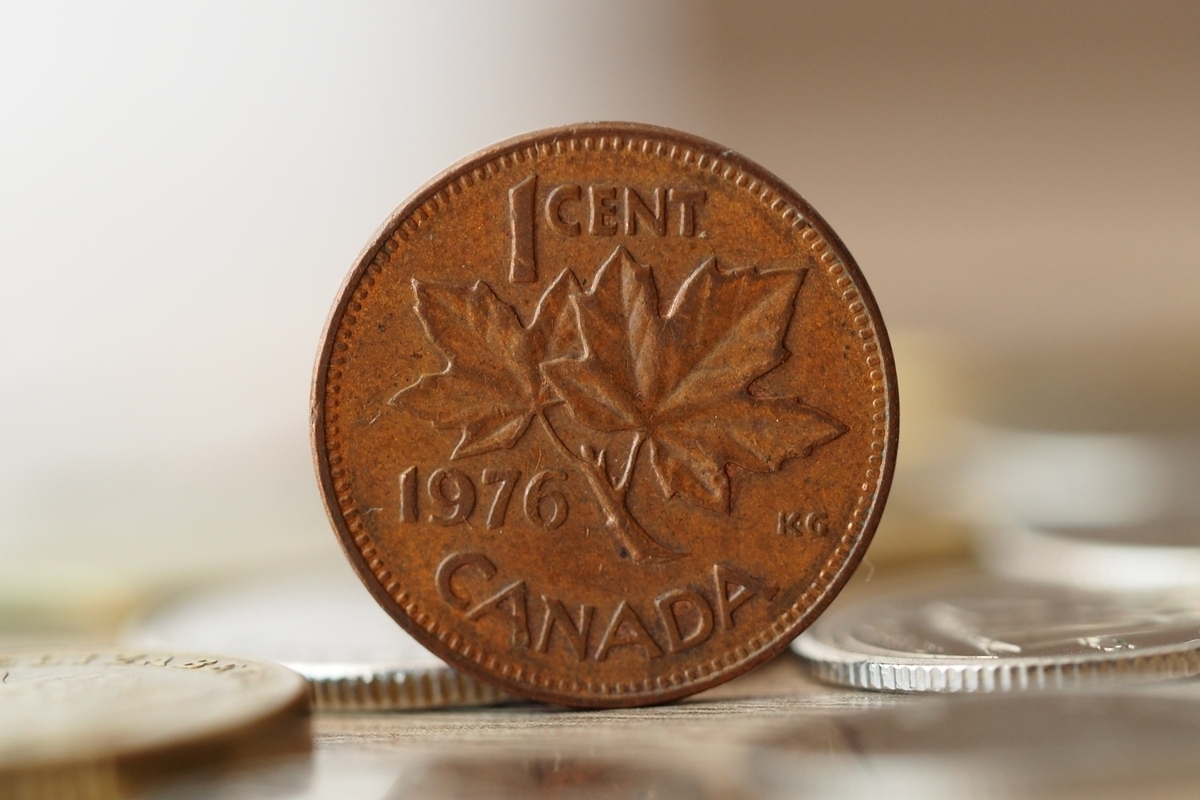Comprehensive Guide to Choosing the Perfect Coin Inspection Microscope for Collectors and Professionals
Discover the essential factors to consider when choosing a coin inspection microscope. This comprehensive guide covers key features, magnification needs, and budget considerations to help collectors and professionals select the ideal instrument for detailed coin analysis. Enhance your numismatic evaluations with expert advice on optics, lighting, and digital capabilities, ensuring precise identification and authentication of coins. Make an informed purchase by understanding the balance between quality and affordability, and elevate your coin examination process today.

Essential Factors to Consider When Selecting a Coin Inspection Microscope
For avid coin collectors, professional numismatists, and anyone involved in coin authentication, selecting the right microscope is a critical step in ensuring accurate and detailed examination of coins. With an array of options available ranging from traditional optical models to advanced digital stereo microscopes equipped with LED lighting, the decision can seem daunting. This comprehensive guide is designed to walk you through the key considerations necessary to choose the most suitable coin inspection microscope. By understanding these essential factors, you can make an informed purchase that enhances your coin evaluation process, whether for hobbyist collecting or professional authentication and grading.
Understanding Key Features for Coin Inspection
Feature Evaluation
When inspecting coins, clarity, precision, and ease of use are paramount. The microscope you select should come with features that facilitate detailed observation and accurate analysis. Lighting options are crucial: models equipped with adjustable LED illumination or fiber-optic lighting provide bright, shadow-free views of even the most minute details. Additionally, a clear, high-contrast stage plate—preferably in a neutral color—helps in accurately assessing coin relief and surface features.
Measurement capabilities are another valuable feature, allowing users to quantify surface anomalies or die varieties directly under the microscope. Digital cameras integrated into many modern microscopes offer real-time image capture, which is vital for documentation, comparison, and sharing findings with other collectors or experts. These functions collectively enhance the overall quality of coin appraisal, enabling more precise identification of mint errors, die varieties, and wear patterns.
Magnification and Zoom Power Significance
Assessing the Appropriate Zoom Range
Choosing a microscope with the right magnification range is essential for detailed coin analysis. A zoom capacity between 10x and 45x strikes a good balance for most applications, providing enough magnification to discern fine details like die cracks, mintages, and surface imperfections. Higher magnification allows for close inspection of engraved features, surface textures, and authenticity markers, which are critical for accurate grading and evaluation.
Digital stereo microscopes are particularly advantageous because they allow for 3D visualization of the coin surface at high magnifications, making it easier to differentiate between genuine and counterfeit coins and to identify subtle die varieties. This level of magnification also facilitates the authentication process, enabling collectors and professionals to make confident judgments about a coin’s authenticity.
Balancing Cost and Quality
Pricing and Value Comparison
Investing in a microscope that offers reliable optical quality is crucial for serious coin analysis, but budget considerations also matter. Budget-friendly microscopes priced between $150 and $600 often provide good performance for hobbyists and beginner collectors. However, costlier models tend to feature superior optics, more advanced lighting options, and greater durability, making them suitable for professional grading and detailed research.
When evaluating prices, it’s important to compare the features offered versus the cost. While a high price tag can correlate with better optics and build quality, many mid-range microscopes strike an excellent balance, delivering crisp images and dependable performance without a hefty investment. Reading reviews and seeking expert recommendations can also help identify the best value options tailored to your specific coin inspection needs.
Final Recommendations
Choosing the perfect coin inspection microscope involves understanding your specific requirements—whether for casual collecting, professional grading, or authentication. Consider the features that will best aid your examination process, such as adjustable lighting, adequate magnification, digital imaging capabilities, and ease of use. Conduct thorough market research and compare models to find the device that offers optimal performance within your budget.
In conclusion, selecting the right microscope tailored for coin analysis significantly enhances your ability to identify minute details, authenticate coins, and appreciate the artistry and history behind each piece. With careful consideration of features, magnification range, and cost, you can make a smart investment that elevates your coin collecting or professional grading experience to new heights.
